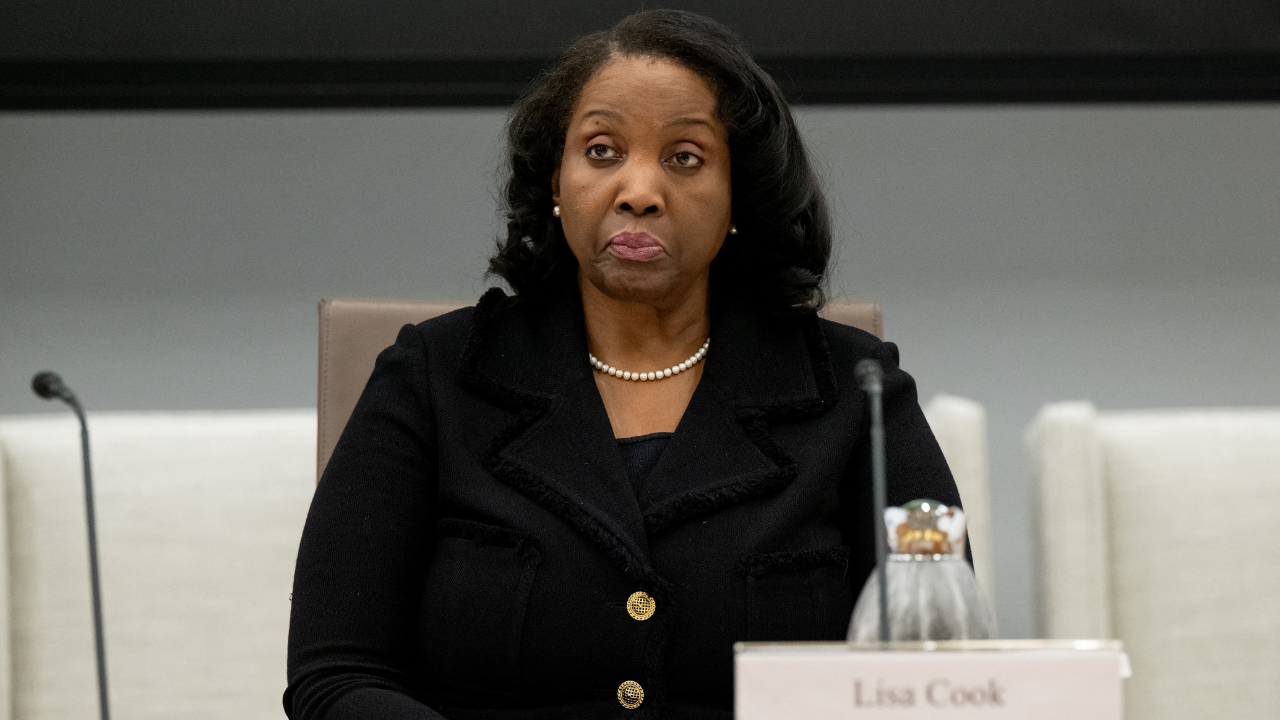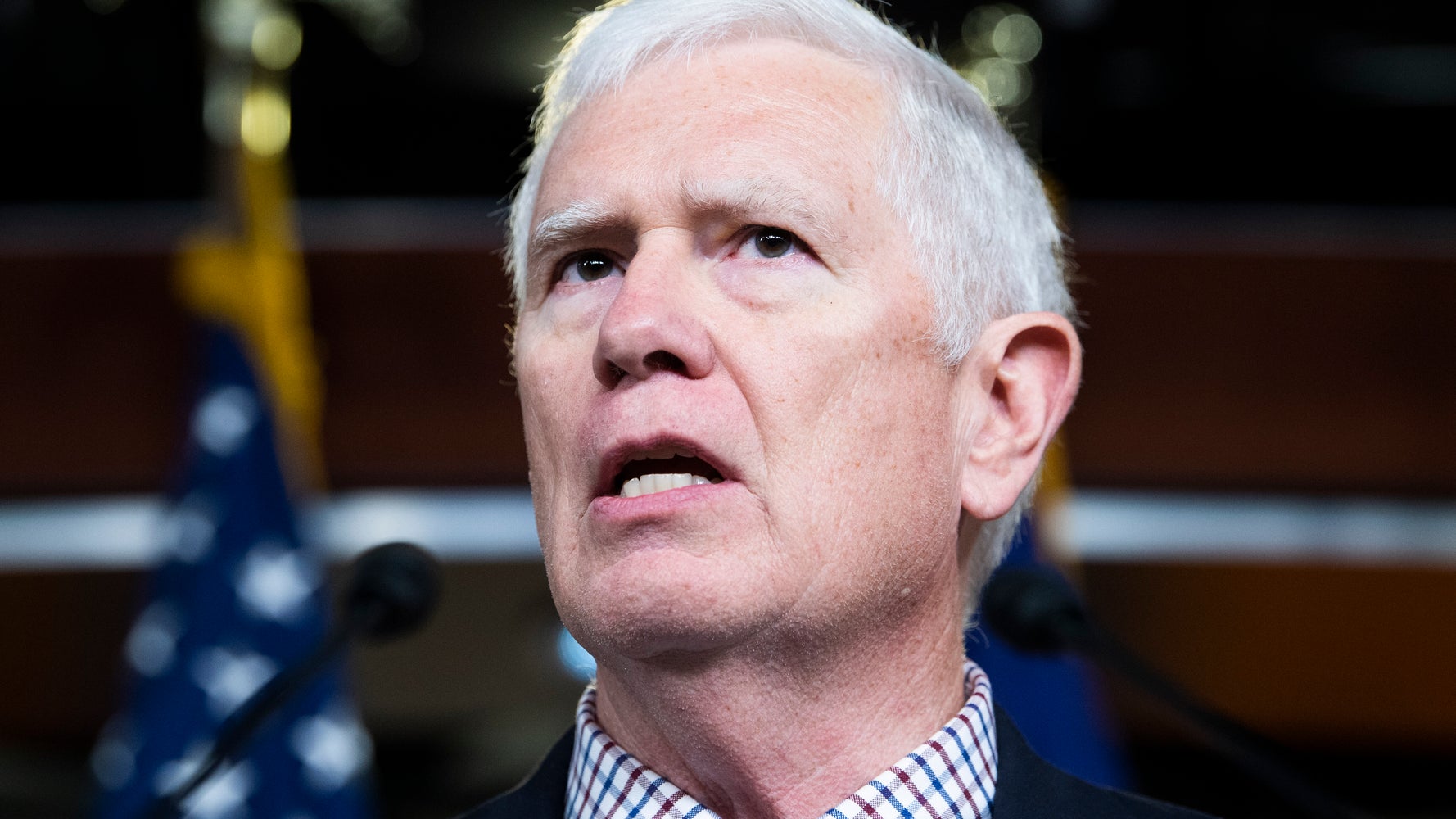
The Supreme Court has overturned constitutional protections for abortion, and several states have now immediately outlawed essential care that is used by roughly one in four Americans who can become pregnant. As many people in the health professions have said, these prohibitions will undermine bodily autonomy, criminalize a wide range of pregnancy outcomes and limit the personal and professional lives of millions of Americans. They will also undoubtedly increase pregnancy-related morbidity and mortality.
As educators and physicians who provide abortions, we believe that this vital health service must not be limited to abortion clinics and ob-gyn practices. They are already overburdened in our shifting legal landscape. America urgently needs to expand and diversify its abortion care workforce, and primary care providers are key to that expansion. Family physicians, internists, pediatricians, nurse practitioners and certified midwives care for people who are pregnant. They can, and do, safely and effectively provide both medication and procedural abortions in their offices, but only 3 percent of family physicians provide abortion care.
As a matter of health equity, many more primary care clinicians should step up to provide the abortion services that fall well within their scope of practice. Many people prefer to access abortion and other sexual and reproductive health services from their primary care physicians, who are usually their first and main source of health care. In addition, providing abortions within primary care reduces stigma and enhances continuity with other health care services. It also increases access to abortion.
Access is a key issue here. The right to abortion has been eroded for decades by restrictive state laws, federal funding bans, conservative courts, and structural inequities rooted in racism, misogyny and xenophobia. Low-income, rural, Black, Indigenous and immigrant communities are and will be even more disproportionately harmed by forced birth and the criminalization of miscarriage and self-managed abortion. Overzealous prosecutors are already charging people who abort (or even miscarry) with crimes.
While telehealth and self-managed medication abortion may reduce some of the harm caused by abortion bans, many pregnant people won’t be able to access these services, whether because lacking in funds, Internet access or a secure mailing address. In addition, 19 states currently prohibit telemedicine abortion provision, and some patients will be medically ineligible for remote services. This will worsen reproductive injustice and inequity, continuing to sow mistrust among marginalized people.
In states where abortion ends up completely banned, primary care practices will face many of the same legal and financial risks as dedicated abortion facilities. Yet primary care clinicians can play a pivotal role in helping to meet the surge in demand that is already overwhelming abortion clinics in sanctuary and border states. Rural and exurban areas of states already bear the brunt of the abortion provider shortage, something that is likely to increase sharply if Roe is overturned. These are often regions where primary care clinicians are the sole providers of health care, including sexual and reproductive health. Patients in rural areas are often already at a disadvantage when trying to access health care, including abortion, as most abortion providers are concentrated in larger cities, which requires patients to manage transportation, lodging, childcare and lost wages. Primary care abortion providers could substantially reduce these burdens, because many of these clinicians will be situated much closer to restricted states.
Expanding the primary care abortion workforce is not without challenges. Abortion providers tend to be clustered around academic medical centers that are often located in urban areas and states with fewer abortion restrictions. The abortion care workforce, like the general medical workforce, has a severe lack of racial/ethnic diversity. Such diversity is critical for building trust, improved health outcomes and mitigation of health disparities, problems that will be aggravated by new restrictions on abortion and sexual and reproductive healthcare.
However, there is good evidence that change is possible, particularly within family medicine. When family medicine residents train at programs that include abortion education as part of routine instruction, their rate of providing abortions increases dramatically after graduation, to 29 percent. And, while the underrepresentation of Black, Indigenous and Latinx clinicians is rooted in the deeply racist evolution of U.S. medical professions, this underrepresentation is less severe in family medicine given their call for concerted efforts to increase recruitment and retention of underrepresented groups. Research demonstrates that primary care clinicians, especially those who are underrepresented, are more likely to work in the underserved and marginalized communities already most affected by abortion bans, many of which are communities of color. A growing body of research indicates that racial/ethnic minorities have better overall experiences with clinicians who look like them, something that will be particularly important for patients fleeing abusive and unjust state laws.
To support increased abortion provision among primary care clinicians, we propose the following actions:
-
Expand and fund abortion training in primary care to establish the necessary infrastructure (clinics, training sites and residency programs) to train future clinicians, particularly in the border regions of less restricted states, such as southern Illinois, western Pennsylvania, western and eastern Maryland, and eastern Washington. States contemplating protections for abortion rights and clinicians should also invest in the renewal of this vital medical workforce.
-
Remove institutional barriers that limit telemedicine, prescription of abortion medications, and elective training, as well as restrict licensure and malpractice insurance. We need to ensure that professional certifications, such as the new complex family planning subspecialty, includes non-ob-gyn physicians and advanced practice clinicians, and that more restrictive states do not limit abortion provision to subspecialists.
- Implement policies to diversify and build the abortion care workforce in communities most affected by criminalization. This means expanding primary care with intentional efforts to increase recruitment, retention and mentorship of people underrepresented in medicine. It also means collaborating with abortion funds and listening to and working with reproductive justice organizations. We must also seek out and hear the perspectives of people on the ground in restricted states.
We know the crisis of abortion access and reproductive injustice predates the fall of Roe by many decades, even centuries, and that it will take many more decades to address current and past harms. We must stand with broader human rights movements that include but are not limited to abortion rights. We must stand for the rights of all people, including ALL pregnant people. Ultimately, the expansion of primary care abortion provision is only one part of the broader coalition struggle that is needed to ensure that all pregnant people in the U.S. can access sexual and reproductive health care that is inclusive, equitable and just.
This is an opinion and analysis article, and the views expressed by the author or authors are not necessarily those of Scientific American.


























































